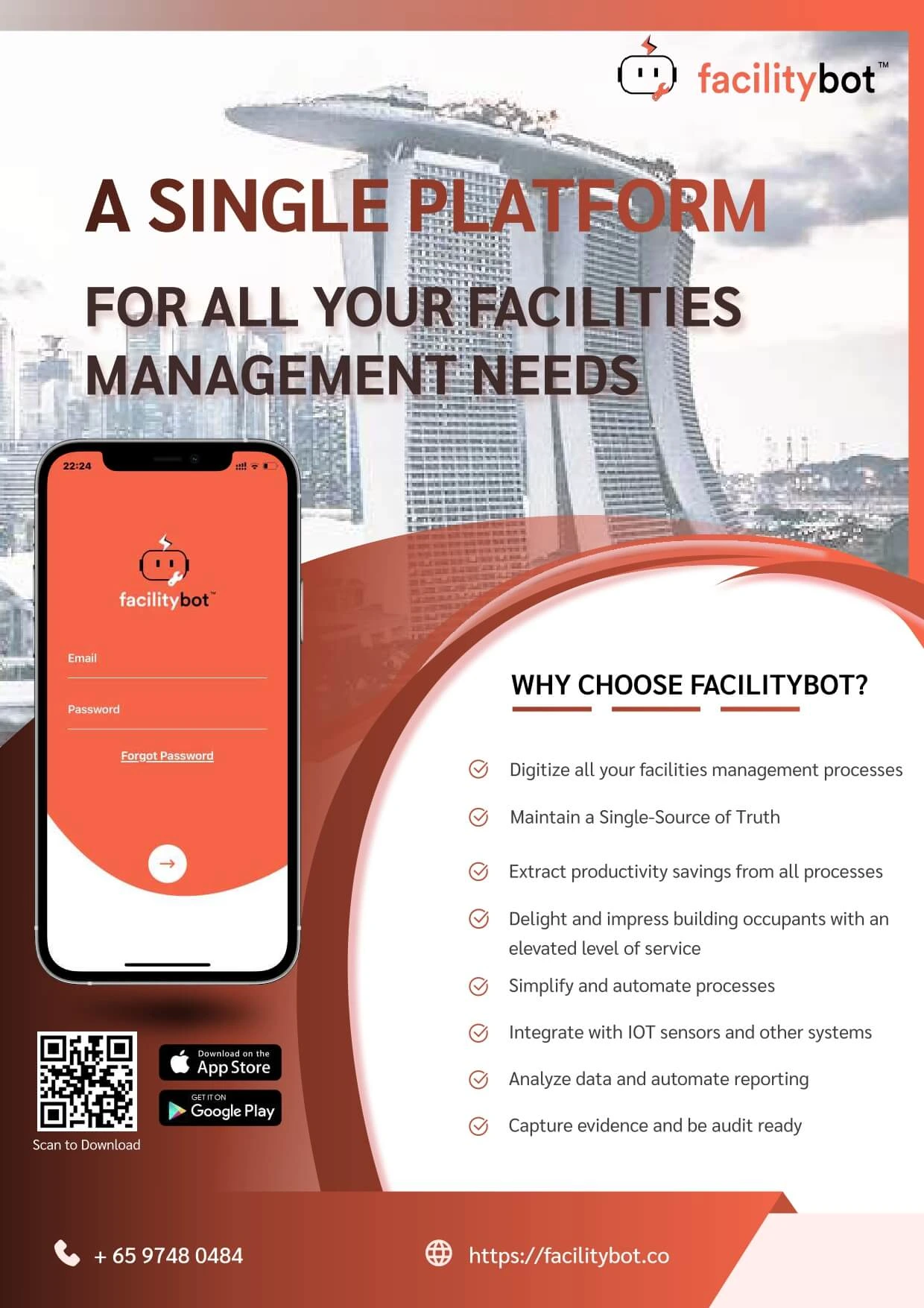Integrating IoT Sensors to FacilityBot is quick and easy.
For this demo, we use a LoRaWan Indoor Air Quality Sensor connected to a LoRaWan Gateway. But actually, FacilityBot can be integrated with any type of IoT sensors. The Lora Gateway will send data to FacilityBot using MQTT. FacilityBot can then show the sensor data in a chart on a dashboard or automatically trigger a request ticket if the sensor data exceeds a specified threshold.
Creating the Sensor in FacilityBot
- Log in to FacilityBot.
- Create a new Sensor in Integrations -> Sensors.
- The sensor will send quite a few data points, but let’s say we are interested only in parameters called `co2` and `tvoc`. Set this sensor to trigger a request when the `co2` level is greater than 1000.
- To capture the sensor data in charts, link this sensor to a meter.
Automating Creation of Request When the Sensor is Triggered
A workflow automation can be set to allow the creation of request when the sensor is triggered
- In Features -> Workflows, create a workflow to create a new request when the sensor is triggered
Configuring MQTT Connection
The Lora Gateway also acts as a Network Server.
- Log in to the network server interface to configure the MQTT connection information from FacilityBot into the network server.
- Copy and paste the Host, Port, Username, Password and Sensor Topic from FacilityBot into the network server interface.
Testing the Integration
Once the Lora Gateway and the Lora Gateway is connected to FacilityBot, we can test the integration.
- In Sensors Data -> Raw, the sensor is now sending raw data including CO2 and TVOC levels every 10 minutes.
- Because the sensor is connected to 2 meters, the CO2 and TVOC data points have been captured in the meters. Charts are also automatically generated showing the CO2 and TVOC data trends. These charts can be added to dashboards to be displayed in operations rooms.
